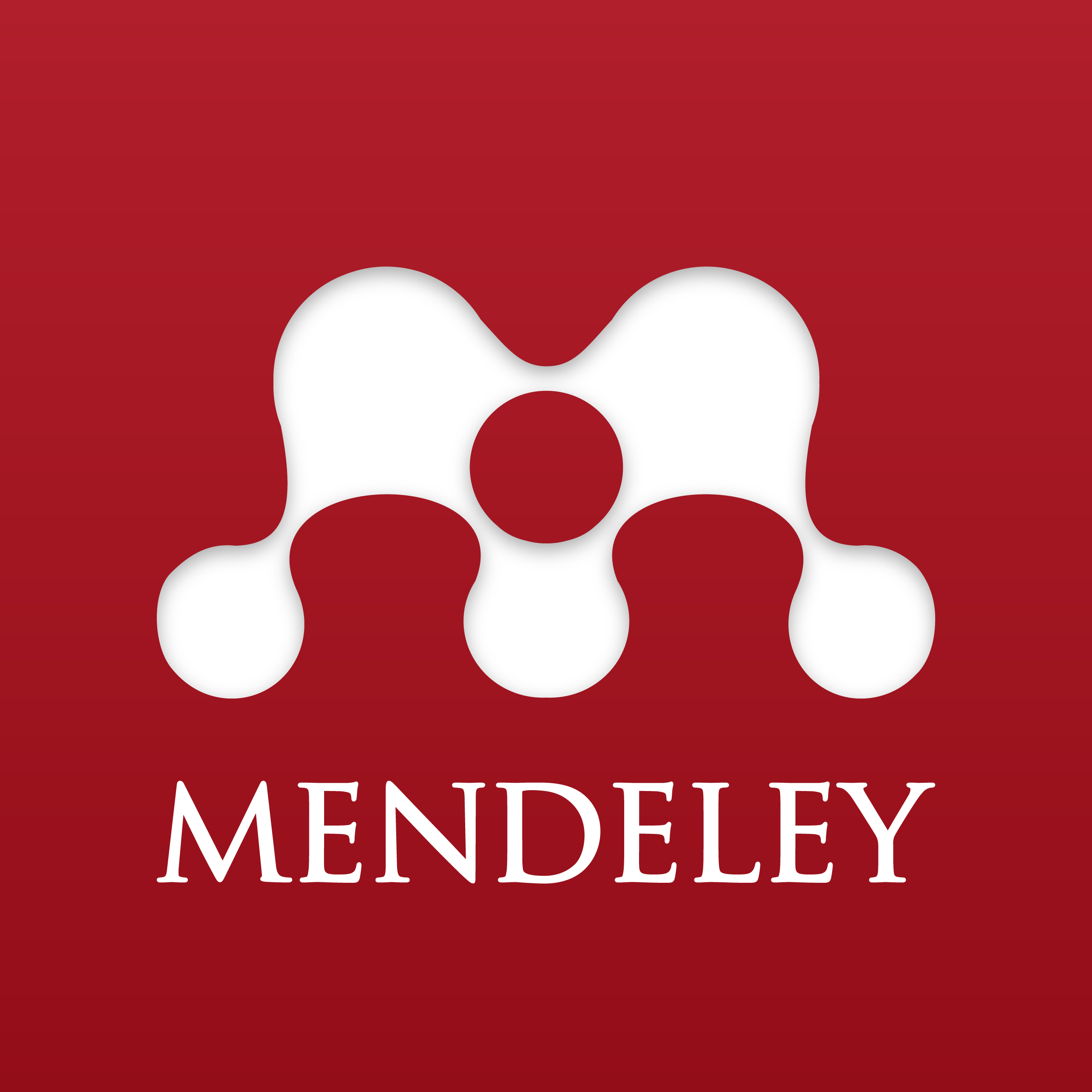UTILIZATION OF TELEHEALTH ON THE PATIENTS WITH POSTTRAUMATIC STRESS DISORDER (PTSD) [PENGGUNAAN TELEHEALTH PADA KLIEN DENGAN POSTTRAUMATIC STRESS DISORDER (PTSD)]
DOI:
https://doi.org/10.19166/nc.v7i2.2314Keywords:
Posttraumatic Stress Disorder, PTSD, TelehealthAbstract
The development of the industrial revolution 4.0 revolution affected various aspects of life also the environment. This is seen by the technological advances in the health sector, namely telehealth. Telehealth is one of the solutions in providing nursing care, one of which is patients with posttraumatic stress disorder (PTSD). Telehealth for patients with PTSD enables patients to be able to get treatment wherever and whenever the patient wants. The presence of telehealth will enable patients to reduce the symptoms of PTSD. Telehealth service systems use the internet with videoconferencing, eMental, telehealth video systems at home. With telehealth this also helps to erase the distance between communities, disabilities and elderly people living in rural areas, so they can get the right treatment. The writing of this scientific paper is expected to be able to describe the use of telehealth in patients with PTSD. This research method uses a literature review that focuses on the use of telehealth. The application of telehealth will have an impact on reducing the symptoms of PTSD. The results of this review literature found two of the five articles found containing a comparison between direct treatment and treatment via telehealth. Two studies on the application of telehealth at home and one article on the effectiveness of telehealth use in patients with PTSD.
BAHASA INDONESIA Perkembangan revolusi industri 4.0 memengaruhi berbagai aspek kehidupan dan juga lingkungan sekitar. Hal ini dilihat dengan adanya kemajuan teknologi dalam bidang kesehatan yaitu telehealth. Telehealth merupakan solusi dalam memberikan asuhan keperawatan, salah satunya pasien dengan posttraumatic stress disorder (PTSD). Telehealth bagi pasien dengan PTSD memampukan pasien untuk dapat mendapatkan treatment dimanapun dan kapanpun pasien mau. Adanya telehealth akan memampukan pasien untuk menurunkan gejala dari PTSD. Sistem layanan telehealth menggunakan internet dengan system video conference, eMental, video telehealth di rumah. Dengan adanya telehealth hal ini juga membantu menghapuskan jarak antara masyarakat, disabilitas dan usia lanjut yang hidup di pedesaan sehingga mereka mampu mendapatkan treatment yang tepat. Penulisan karya ilmiah ini diharapkan dapat mendeskripsikan penggunaan telehealth pada pasien dengan PTSD. Metode penelitian ini menggunakan literature review yang berfokus pada penggunaan telehealth. Penerapan telehealth akan berdampak pada berkurangnya gejala-gejala dari PTSD. Hasil literature review ini menemukan dua artikel dari lima yang didapatkan berisi tentang perbandingan antara pemberian terapi secara langsung dan treatment melalui telehealth. Dua studi tentang penerapan telehealth di rumah dan satu artikel tentang keefektifan penggunaan telehealth pada pasien dengan PTSD.
References
American Hospital Association. (2016). Telehealth: Helping Hospitals Deliver Cost-Effective Care. Washington, DC: American Hospital Association.
American Psychiatric Association. (2013). What Is PTSD?. Retrieved October 14, 2019, from https://www.psychiatry.org/patientsfamilies/ ptsd/what-is-ptsd
American Psychological Association. (2013). Cognitive Processing Therapy (CPT). Retrieved November 14, 2019, from https://www.apa.org/ptsdguideline/treatments/cognitive-processing-therapy
Gros, D. F., Yoder, M., Tuerk, P. W., Lozano, B. E., & Acierno, R. (2011). Exposure Therapy for PTSD Delivered to Veterans via Telehealth: Predictors of Treatment Completion and Outcome and Comparison to Treatment Delivered in Person. Behavior Therapy, 42(2), 276-283. https://doi.org/10.1016/j.beth.2010.07.005 PMid:21496512
Lindsay, J. A., Day, S. C., Amspoker, A. B., Fletcher, T. L., Hogan, J., Day, G., ”¦ Martin, L. A. (2019). Personalized implementation of video telehealth. Psychiatric Clinics of North America, 42(4), 563-574. https://doi.org/10.1016/j.psc.2019.08.001 PMid:31672207
Murphy, D., & Busuttil, W. (2015). PTSD, stigma and barriers to help-seeking within the UK Armed Forces. Journal of the Royal Army Medical Corps, 161(4), 322-326. https://doi.org/10.1136/jramc-2014-000344 PMid:25525202
Olthuis, J. V., Wozney, L., Asmundson, G. J. G., Cramm, H., Lingley-Pottie, P., & McGrath, P. J. (2016). Distance-delivered interventions for PTSD: A systematic review and meta-analysis. Journal of Anxiety Disorders, 44, 9-26. https://doi.org/10.1016/j.janxdis.2016.09.010 PMid:27697658
Prasetyo, H., & Wahyudi, S. (2018). Industri 4.0: Telaah klasifikasi aspek dan perkembangan riset. Jurnal Teknik Industri, 13(1), 17-26. https://doi.org/10.14710/jati.13.1.17-26
Soemitro, D., Sanjaya, Y. G., Sibuea, F., & Roswiani, A. M. (2016). Buletin Jendela Data dan Informasi kesehatan. https://www.kemkes.go.id/
Strachan, M., Gros, D. F., Yuen, E., Ruggiero, K. J., Foa, E. B., & Acierno, R. (2012). Home-based telehealth to deliver evidence-based psychotherapy in veterans with PTSD. Contemporary Clinical Trials, 33(2), 402-409. https://doi.org/10.1016/j.cct.2011.11.007 PMid:22101225
World Health Organization. (2014). WHO releases guidance on mental health care after trauma. World Health Oganization. https://www.who.int/mediacentre/news/releases/2013/trauma_mental_health_20130806/en/
Wierwille, J. L., Pukay-Martin, N. D., Chard, K. M., & Klump, M. C. (2016). Effectiveness of ptsd telehealth treatment in a VA clinical sample. Psychological Services, 13(4), 373-379. https://doi.org/10.1037/ser0000106 PMid:27657798
Win, A. Z. (2015). Telehealth Can Bridge the Gap for Rural, Disabled, and Elderly Patients. Journal of the American Medical Directors Association, 16(4), 268-269. https://doi.org/10.1016/j.jamda.2015.01.077 PMid:25687928
Downloads
Published
How to Cite
Issue
Section
License
Authors who publish with this journal agree to the following terms:
1) Authors retain copyright and grant the journal right of first publication with the work simultaneously licensed under a Creative Commons Attribution License (CC-BY-SA 4.0) that allows others to share the work with an acknowledgement of the work's authorship and initial publication in this journal.
2) Authors are able to enter into separate, additional contractual arrangements for the non-exclusive distribution of the journal's published version of the work (e.g., post it to an institutional repository or publish it in a book), with an acknowledgement of its initial publication in this journal.
3) Authors are permitted and encouraged to post their work online (e.g., in institutional repositories or on their website). The final published PDF should be used and bibliographic details that credit the publication in this journal should be included.

This work is licensed under a Creative Commons Attribution-ShareAlike 4.0 International License.






